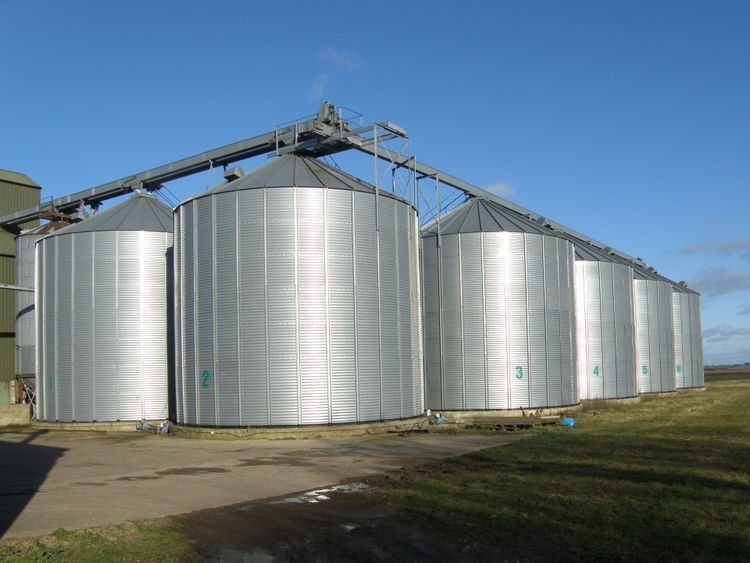Can less actually be more in a world increasingly punctuated by artificial intelligence and BIG data?

It was a grey and cloudy day - and I had just had another one of those "not quite so productive" meetings. As I head towards my desk, pleased that - for a change - I happened to have a few minutes for a quick cup of tea before my next one, I bumped into a colleague who starts some small talk.
"How are you getting on with the additional investment required to simplify our data landscape", he asked. "It is so strange how no one ever wants to put their hands in their pockets - even though they obviously want more and better!", he lamented.
My response, however, surprised him. I confirmed that we had found that we did not actually require an increase in our "total cost of ownership (TCO)" to deliver a better and simplified landscape. "How was that possible?", he wondered.
Understandably unconvinced, we agreed to meet up later - to go through the numbers and finer details, together. The results were jaw-dropping: we had clearly established that we could indeed get more (especially availability and pace) with less (not only a radical reduction in software licensing footprint and ridiculously lowered storage costs but increased resource capacity - given simpler landscape would ease our skills matrix dilemma and reduce the overall turnaround time for data products' delivery).
We clearly had to make an investment to get things moving, but, the compelling numbers showed that - were we able to gain the full extent of funding required - we could even realise in-year costs savings.
So, in a world increasingly punctuated by data science, BIG data, and artificial intelligence, can less actually be more? The "simple" answer is - incredibly - "Yes".
In reality, however, it is not just the simple money (or numbers) game - alluded to - above.
To truly make this happen, a number of stars were required to align:
- Investment - already discussed above but do consider that the heritage landscape needs to be kept running (with some pertinent feature enhancements also progressed) while any transformation occurs (so, there will likely be a budget challenge in-year).
- Capability - the "what" is clear (the Cloud) with an extremely low barrier to entry (almost anyone can simply "pay-as-you-use" services, with limited - if any - upfront capital required). However, the new differentiator - and determinant of competitive advantage - is knowhow. Both "What things do we do - sometimes unknowingly - to slow down our data" and "Reimagining the Big Data warehouse: Simple tips for increasing speed and agility" scratch the surface - and offer some "starter for ten" ideas - however, there is clearly lots more detail than can easily be captured across a few lines.
- Sponsorship - an extremely important element (and this is not so much the traditional focus around funding - though evidently important). It is essential that such a transformation is justified by organisational need, the expected outcome is clear to all and broad based buy-in is established.
- Culture - perhaps the most critical ingredient. True transformation is unlikely to succeed within an environment underpinned by inertia breading fear or one frequently disheveled and often perturbed by an underlying blame culture. True transformation (and the innovative mindsets that will secure it) will have the best chance of success within environments where people feel empowered to take decisions (within reasonably clear lines of responsibilities), have no desire to fail (yet appreciating that - whilst undesirable - failure could present valuable #learning opportunities), and are encouraged to share (not only all successes and all failures but any learnings gained thereof).
Thank you.






Member discussion